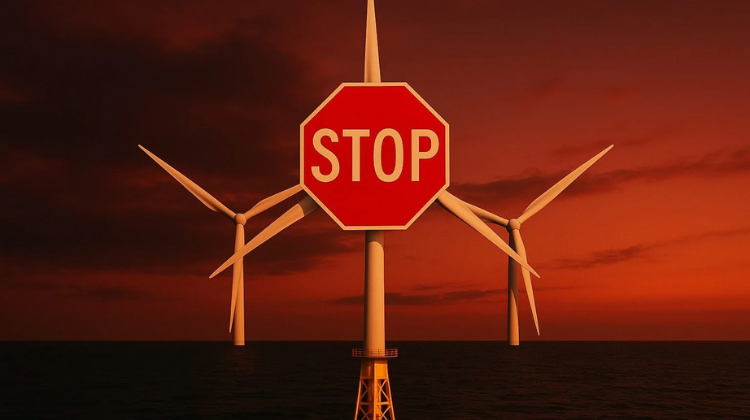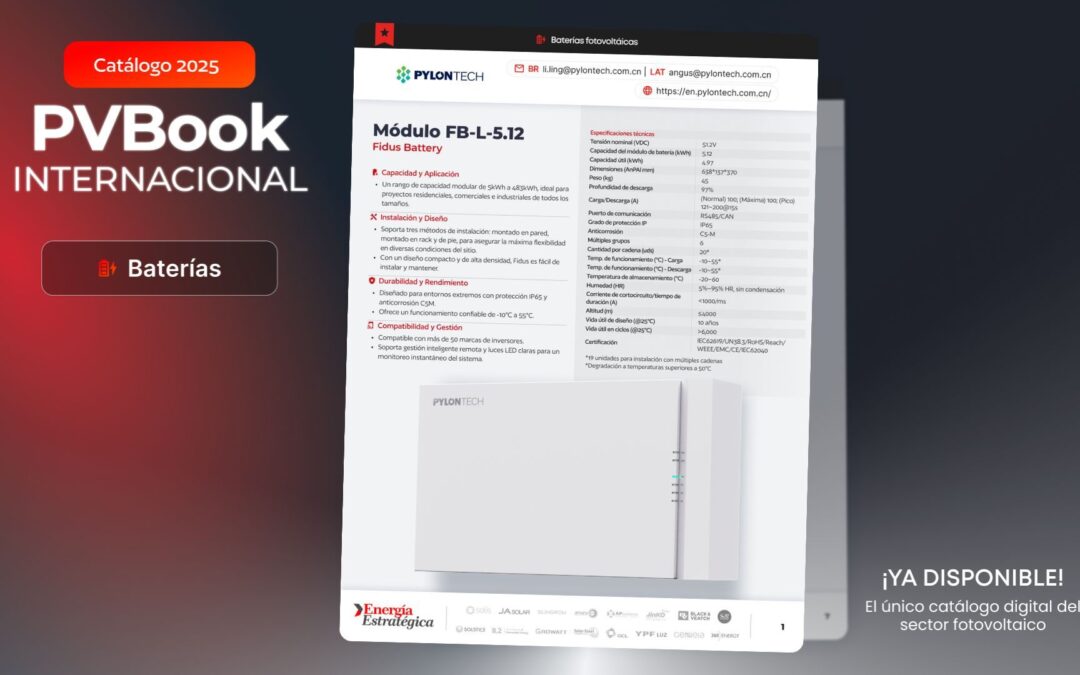The non-ratification of Royal Decree-Law 7/2025 by the Congress of Deputies has abruptly halted long-awaited reforms in the energy storage sector.
The document included the following key measures:
- Declaration of public utility for storage.
- Exemption from environmental assessment for hybridisation projects.
- Redispatch priority for installations with storage.
- Introduction of the demand aggregator figure.
- Update of the milestone system from RD-Law 23/2020.
- Regulatory definition of installed capacity in storage facilities.
- Flexible access mechanisms to the grid.
- Specific capacity tenders for this technology.
From ASEALEN, its director Raúl García Posada highlights that priority areas include amendments to Royal Decrees 413/2014, 1183/2020, and 244/2019 concerning redispatch priority, access and connection conditions, self-consumption with storage, and the definition of installed capacity.
These measures, he affirms in an interview with Strategic Energy Europe, “must be implemented very swiftly”.
AEPIBAL, meanwhile, warns in a statement that “throwing this RDL away is like stopping the match halfway through”.
The association estimates that the decree’s collapse endangers over €2 billion in investments, including €700 million in public aid from PERTE and FEDER funds intended to activate the first 3 to 5 GW of storage by 2030.
They also point out that European and national manufacturers have submitted bids for over 30 GW in recent calls, reflecting the strategic potential of the sector.
In the same vein, expert Andrés Pinilla Antón emphasises to this outlet that RDL 7/2025 had “directly integrated storage into the national energy strategy”.
He stresses that “the declaration of public utility, environmental exemption for hybridisation, and the demand aggregator figure are measures that should be urgently reinstated”.
In his view, a feasible approach would be to break the text into various specific legislative initiatives to avoid further political obstacles.
From the business sector, Mikel Pino, Head of Energy Storage Europe at Exus Management Partners, acknowledges that “although improvable, RDL 7/2025 provided regulatory certainty for voltage services revenues, firm capacity markets, and streamlined procedures”.
He adds that “concrete MW targets and a clear timeline were missing, but progress had been made”.
As an alternative, he proposes launching multi-annual tenders for new complementary markets such as inertia, blackstart, or fast regulation to stimulate private investment.
The shared view among stakeholders points to the need to rebuild a specific legislative framework for storage, either through a new bill or by reaching parliamentary consensus.
“We are just half a metre away from becoming an exceptional country in energy model terms, and we refuse to die on the shore,” conclude AEPIBAL. In the meantime, the sector is regrouping and calling to rescue the core elements of the RDL that were left in limbo.






























